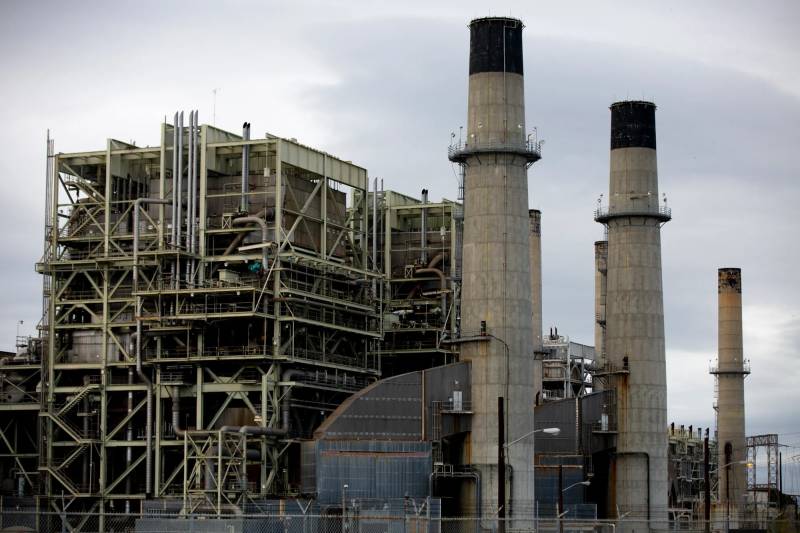The report, compiled by Beacon Economics and environmental nonprofit Next 10, analyzed state data and concluded that through 2030, California would have to cut all greenhouse gases by 4.4% every year, beginning back in 2022. (Only preliminary data is available for 2022.)
To put that challenge in perspective, the state has only achieved annual cuts of more than 4% twice over the last two decades, both during major recessions, in 2009 and 2020, according to Stephanie Leonard, director of research for Next 10. And from 2016 through 2021, the annual average reduction has been just 1.6%, according to the report.
Massive amounts of emissions — more than 100 million metric tons a year — will have to be eliminated for California to meet the mandate. The state couldn’t spew more than about 258 million metric tons of carbon dioxide equivalent emissions in 2030, compared to 2021’s 381 million, according to the report.
Liane Randolph, chair of the California Air Resources Board, told the state Legislature’s joint committee on climate change policies on Monday that there is little room for error in the years ahead.
“The challenge is that we need all of our programs to be effective and reduce emissions as laid out in the scoping plan,” Randolph said. “We need each program to perform as well as or better than identified in the scoping plan in order to achieve our goals.”
Power plants and cement are major emitters
California has already made substantial progress in cleaning up cars and trucks. It has the world’s strictest emissions controls on vehicles, including a regulation that phases out new sales of gasoline-powered cars by 2035. Last year, electric vehicle sales were up 29%, though they slowed at year’s end.
But electricity generation was responsible for some of the biggest increases in emissions between 2020 and 2021, a 6.7% increase for imported electric power and 3.9% for in-state power, the report found.
